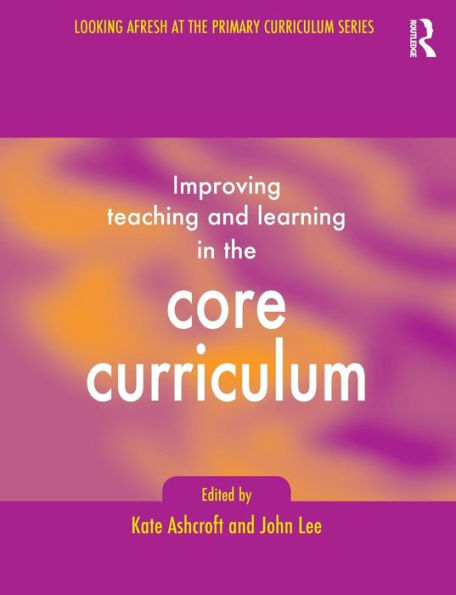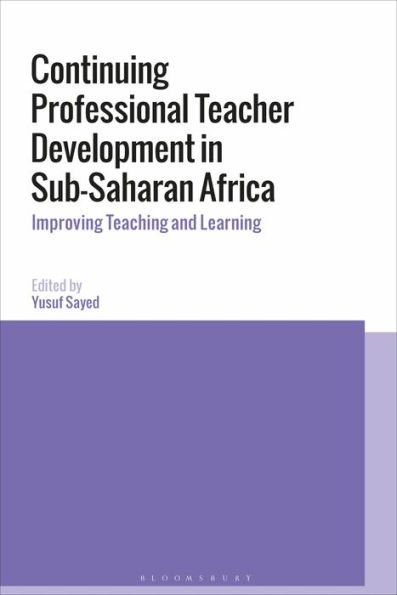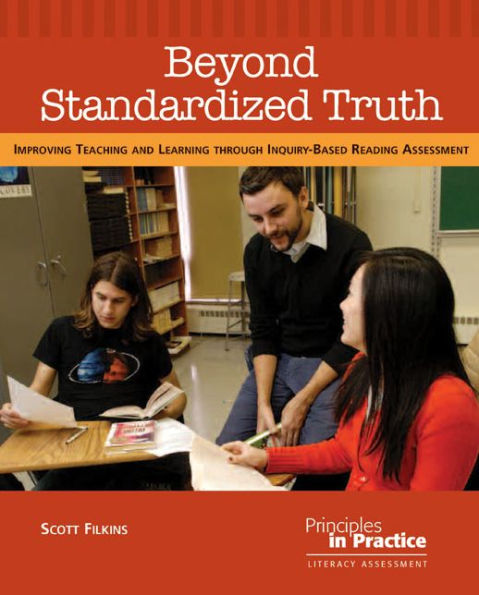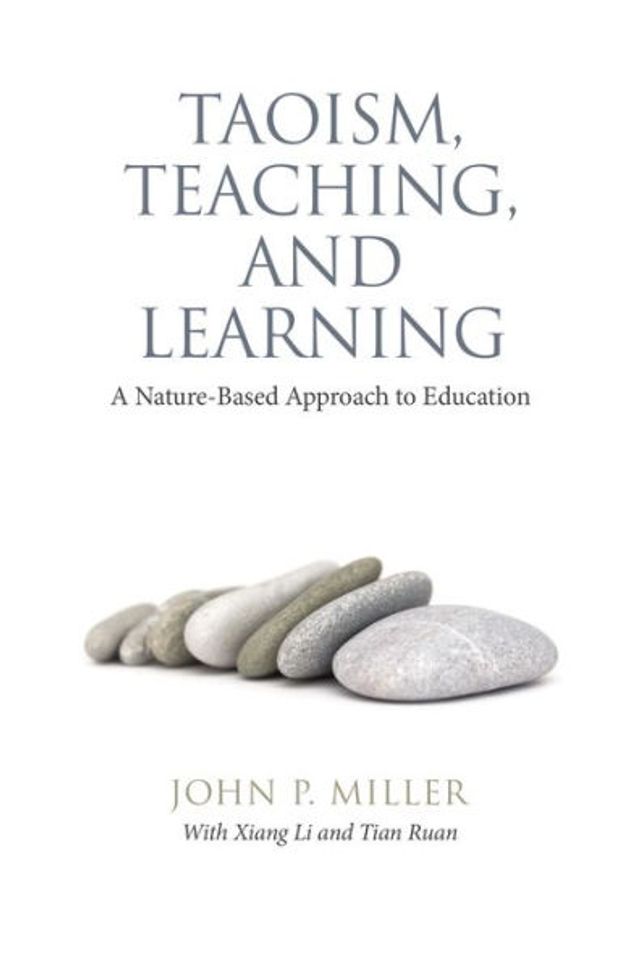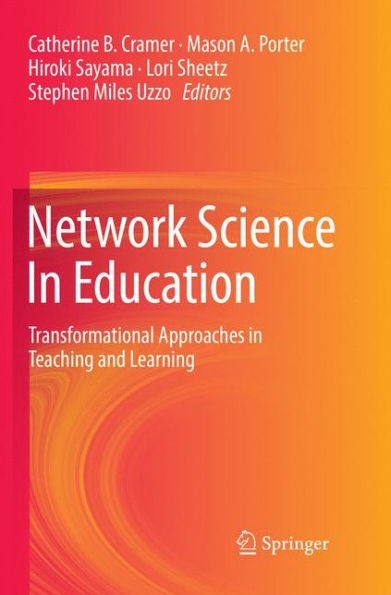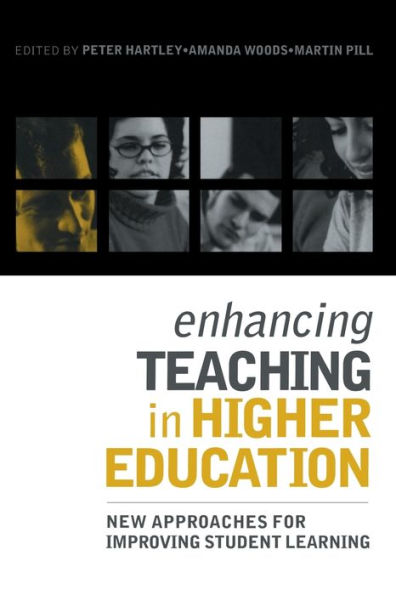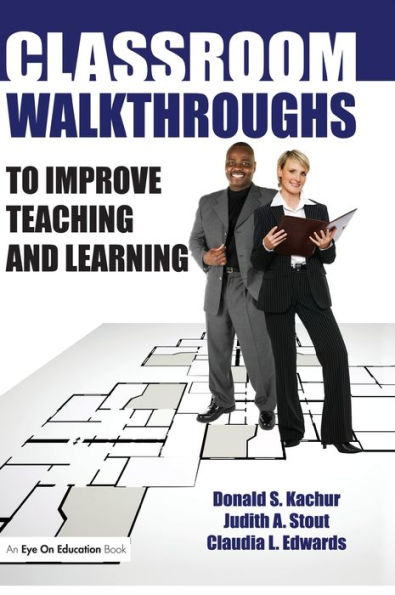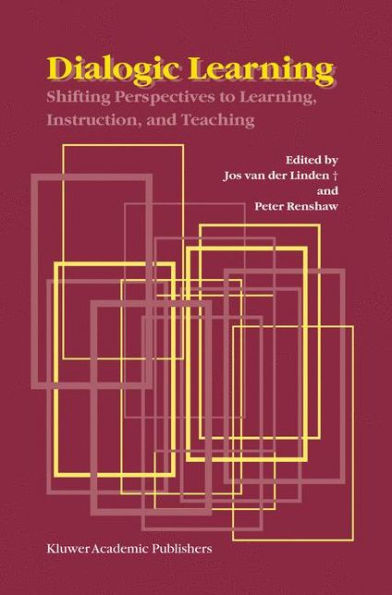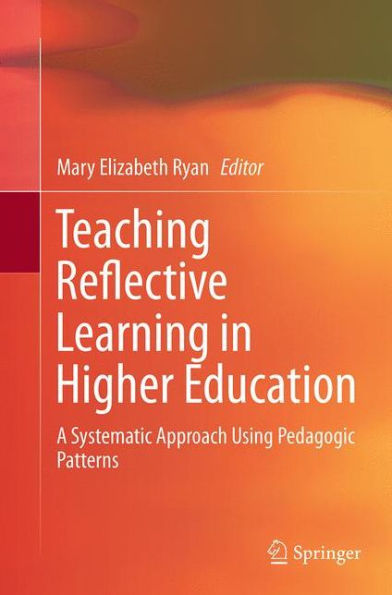Home
Instructional Rounds in Education: A Network Approach to Improving Teaching and Learning
Loading Inventory...
Barnes and Noble
Instructional Rounds in Education: A Network Approach to Improving Teaching and Learning
Current price: $32.00
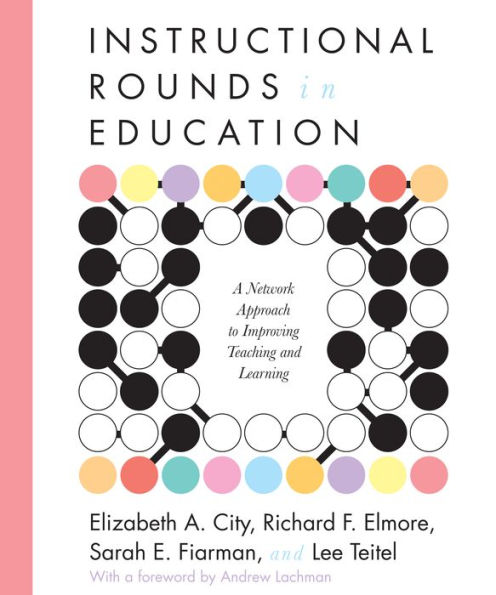

Barnes and Noble
Instructional Rounds in Education: A Network Approach to Improving Teaching and Learning
Current price: $32.00
Loading Inventory...
Size: OS
*Product Information may vary - to confirm product availability, pricing, and additional information please contact Barnes and Noble
Instructional Rounds in Education
is intended to help education leaders and practitioners develop a shared understanding of what high-quality instruction looks like and what schools and districts need to do to support it.
Walk into any school in America and you will see adults who care deeply about their students and are doing the best they can every day to help students learn. But you will also see a high degree of variability among classrooms—much higher than in most other industrialized countries. Today we are asking schools to do something they have never done before—educate all students to high levels—yet we don’t know how to do that in every classroom for every child.
Inspired by the medical-rounds model used by physicians, the authors have pioneered a new form of professional learning known as instructional rounds networks. Through this process, educators develop a shared practice of observing, discussing, and analyzing learning and teaching.
is intended to help education leaders and practitioners develop a shared understanding of what high-quality instruction looks like and what schools and districts need to do to support it.
Walk into any school in America and you will see adults who care deeply about their students and are doing the best they can every day to help students learn. But you will also see a high degree of variability among classrooms—much higher than in most other industrialized countries. Today we are asking schools to do something they have never done before—educate all students to high levels—yet we don’t know how to do that in every classroom for every child.
Inspired by the medical-rounds model used by physicians, the authors have pioneered a new form of professional learning known as instructional rounds networks. Through this process, educators develop a shared practice of observing, discussing, and analyzing learning and teaching.
